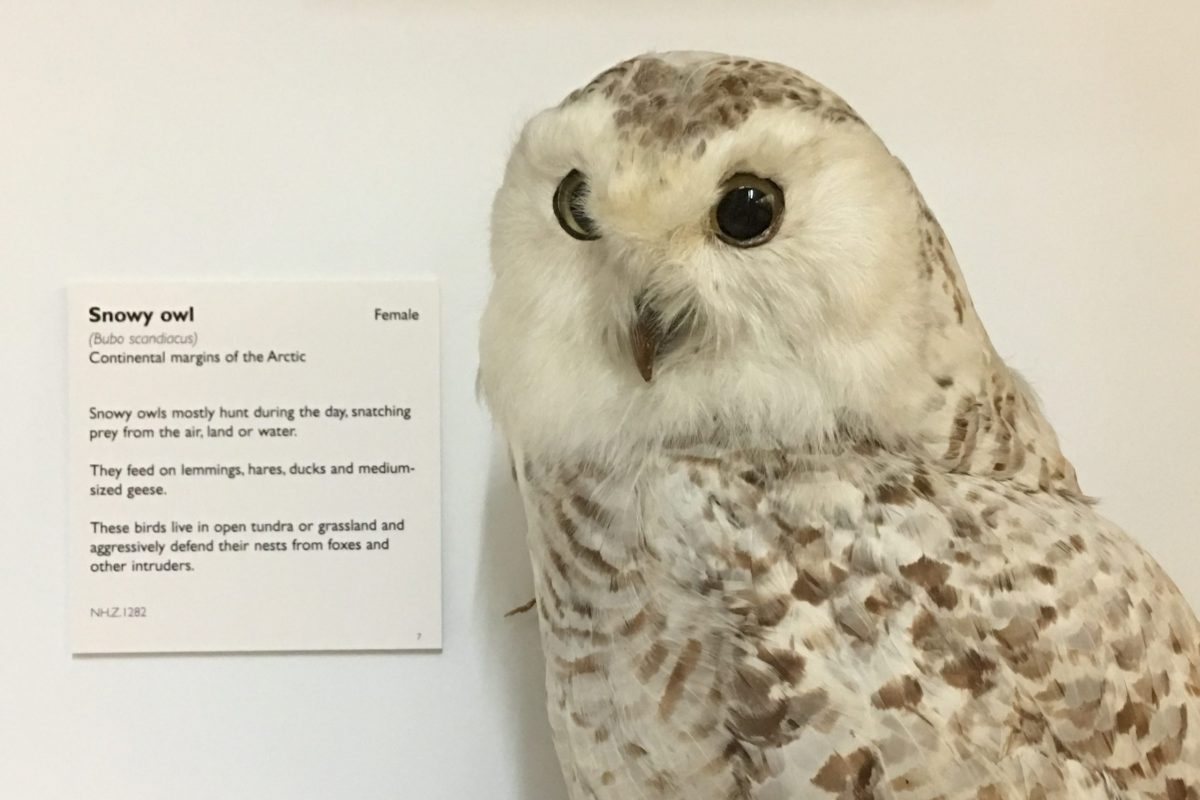Humans have always seen birds as having mysterious and magical powers. Maybe because their colours, songs and the way they fly can be so beautiful and intriguing.
We’ve been speaking to Rachel Warren Chadd and Marianne Taylor, authors of Birds: myth, lore & legend to look at three of the most magical birds, and the different qualities and beliefs humans have associated with them.
Ravens

The Raven
For many people in Britain, their first encounters with ravens are at the Tower of London. It is said that if ravens ever fly away from the Tower the crown will fall.
Folklore says that wild ravens have always lived at the Tower, and fed on the bodies of those executed as enemies of the Crown.
Ravens pop up in mythology and legend all over the world. The god Odin, from Norse mythology, was accompanied by a pair of ravens called Huginn and Muninn. The birds – which represented reflection, thought and memory – flew over the world each morning and on their return would settle on Odin’s shoulders and whispered to him all that they had seen. Thanks to this, Odin became renowned as the wisest of the gods.
Norse sailors exploring the northern seas also used ravens but as navigators, sending them out from ships in search of land.
In the Bible, Noah first sends out a raven to look for dry land. It is when the raven does not return that he sends out a dove.
In North American folklore, the raven is seen as both creator and amoral prankster, and as such are often a central figure in Native American and Inuit creation stories.
Magpies

In Britain, the magpie is the bearer of both good and bad luck – depending on how many are seen. Many are familiar with this old rhyme, differing according to region:
One for sorrow, two for mirth,
Three for a wedding, four for a birth,
Five for silver, six for gold,
Seven for a secret not to be told,
Eight for Heaven, nine for Hell,
And ten for the Devil’s own sell [self].
In ancient Rome, the magpie was associated with magic and fortune-telling, while in Scandinavia some witches rode magpies or turned into them.
In Germany, the bird was considered a bird of the underworld and in Scotland, it was said that magpies had a drop of the devil’s blood on their tongues.
Outside of Europe, the magpie has a much more positive image. In Native American legends, the magpie was considered a friend of hunter-gatherer tribes. In Korea, the magpie is thought to bring good news and in China, it is a symbol of happiness, foretelling and good fortune.
Owls

Across the world, few birds are as culturally symbolic – and contradictory – as owls. The sights and sound of an owl was linked to death in ancient Egypt and desolation in the Bible. In ancient Rome, owls were said to have predicted the passing of several Caesars. Fear and dread of the birds is similarly deep-rooted in Native American, African and several Asian cultures.
Yet in ancient Greece, subverting this trend, the Little Owl represented or accompanied Athene, the goddess of wisdom. The owl is also presented as a wise character in popular fiction, like Hedwig in Harry Potter or Archimedes in The Once and Future King, even when they are actually less smart, like Owl in the Winnie-the-Pooh stories.
Owls are often associated with magic. An owl can fly without sounds, find its prey in near total darkness and rotate its head almost a full circle. Human attempts to harness this otherworldliness in magic is widespread.
In Japan, owl images were used to guard against famine and epidemics, while in central Asia, owl-feather amulets were worn to ward off evil spirits. For some Native American tribes, wearing owl feathers signified bravery and brought good fortune.
European owls were often the familiars of witches and wizards, such as Merlin’s companion in the Arthurian legends and Harry Potter.


